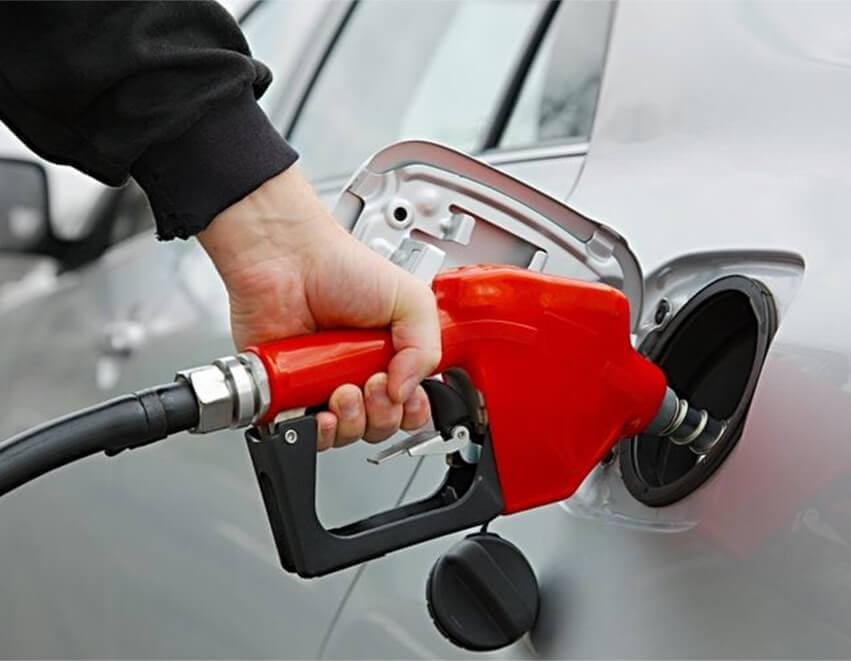Detailed instructions for changing oil with a portable oil drain. Keep your engine running smoothly with these essential tips.
Changing your vehicle’s oil with a portable oil drain is a straightforward process that helps maintain engine performance and longevity.
It involves draining the old oil, replacing the oil filter, and refilling it with new oil.
This guide will walk you through the steps, ensuring you understand the importance of each component involved, such as the oil capacity, drain plug, and oil drain valve.
Be sure to gather all necessary tools and materials before starting:
Be sure to park your vehicle on an even surface level. Allow the engine to cool off first.
Use a jack and jack stands to lift the front of your vehicle, ensuring it is securely supported.
This will give you better access to the oil drain plug and oil filter.
Position the portable oil drain container under the oil pan. Locate the drain plug on the bottom of the oil pan and use a wrench to loosen and remove it.
Be cautious as the oil may be hot. Allow the oil to flow into the oil drain container.
Let the oil drain completely from the engine. This typically takes 5 to 20 minutes.
Patience ensures that all the old oil is removed, preventing contamination of the new oil.
Inspect the oil drain plug for any damage. If the plug or gasket is worn or stripped (stripped oil drain plug), replace it to prevent leaks.
Secure the new gasket onto the drain plug and tighten it back into the oil pan.
Use the appropriate wrench to remove the oil filter. Be prepared for some oil spillage.
Before installing the new filter, apply a small amount of new oil to the rubber gasket on the top of the filter to ensure a good seal.
Screw the new filter on by hand until snug, then give it an additional 3/4 turn.
Be sure to check your vehicle’s manual for the appropriate oil capacity. Use a funnel to easily fill the new oil into the engine.
After adding the oil, replace the oil fill cap and start the engine.
Let it run for a few minutes, then check the oil level with the dipstick and add more if necessary.
After a short drive, inspect the vehicle for any signs of oil leaks.
Ensure the drain plug and filter are secure and there are no drips or puddles.
Typically, allowing the oil to drain for about 10 to 20 minutes is sufficient.
This time ensures that most of the old oil has left the engine, reducing the risk of contamination when you add the new oil.
Tip 1: Regularly inspect your oil drain plug and gasket for wear and replace them as needed.
Tip 2: Clean your portable oil drain container after each use to prevent sludge buildup.
Tip 3: Check the oil drain valve for proper function before and after each oil change.
Tip 4: Store your portable oil drain in a clean, dry place to prolong its lifespan.
Tip 5: Keep a record of oil changes to monitor the intervals and maintain a schedule.
Aocheng offers a versatile and reliable portable economic oil drain designed for both DIY enthusiasts and professional mechanics.
With over 40 years in the market, Aocheng’s products are known for their durability, efficiency, and user-friendly design.
Their oil drains feature large capacities, sturdy construction, and ease of mobility, making oil changes simple and mess-free.
Contact their team today to get started.




